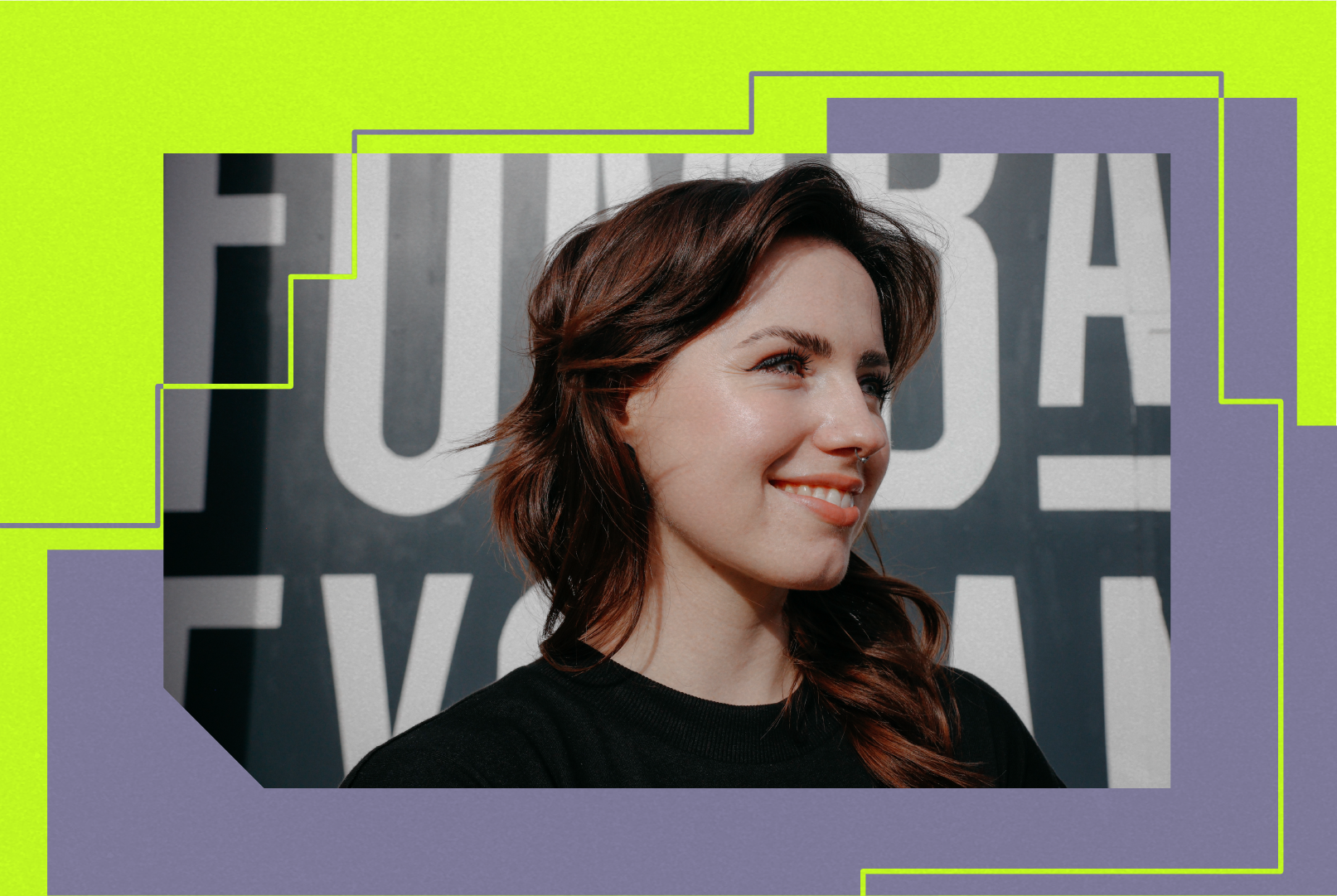For Róisín Jordan, design is more than just a job—it’s a powerful tool for positive change. As a freelance graphic designer, she focuses on sustainability initiatives, using her skills to make an impact where it matters most.
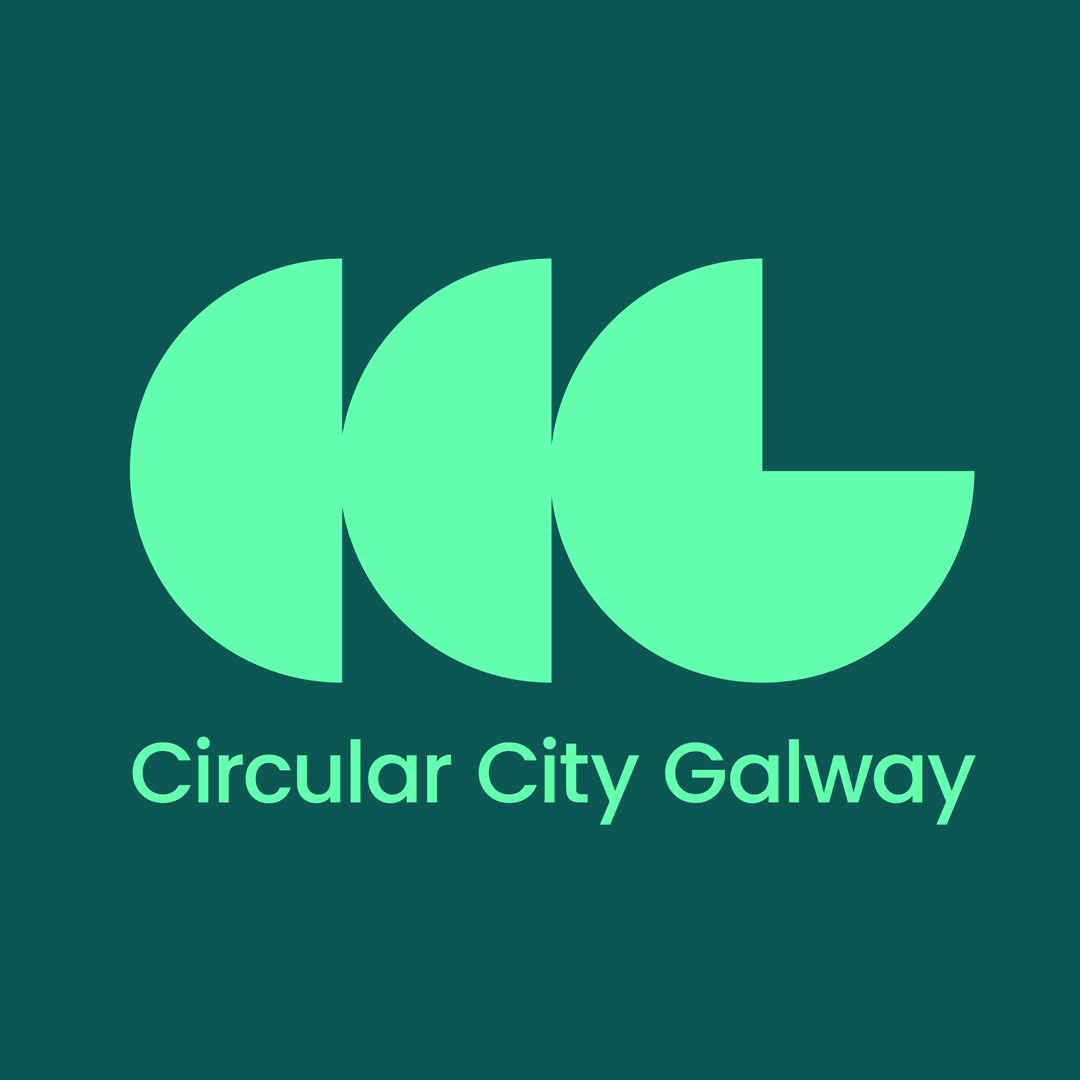
I spoke to her to learn about her career journey so far, the challenges faced by Gen Z design students today, and how her roots in the West of Ireland influence her work.
“I’m from Galway, so I did a portfolio course in GTI [Galway Technical Institute], which allowed me to do a degree in Visual Communications in IADT Dún Laoghaire,” she tells me about the formation of her career.
She praises the course for the technical skills she learned, emphasising that it allowed her to hone her craft and develop her style. Like many students, however, Jordan faced barriers when seeking professional experience. “I always feared throughout college that I wouldn’t find a job afterwards, because I couldn’t see any opportunities.”
After countless cold emails, Jordan secured an internship, where she worked for six weeks during her third year. “I learned loads there,” she reflects. During the last week of her internship, COVID-19 caused the college to shut down, requiring her and her classmates to finish their final year remotely.
After being laid off from her part-time job, she was able to claim the Pandemic Unemployment Payment, which gave her more flexibility to accept unpaid work. “I was able to shadow an art director online, and I learned loads about how an agency works.” Even though the pandemic was hugely disruptive across industries, she highlights that, for her, it presented an opportunity that would not have otherwise existed.
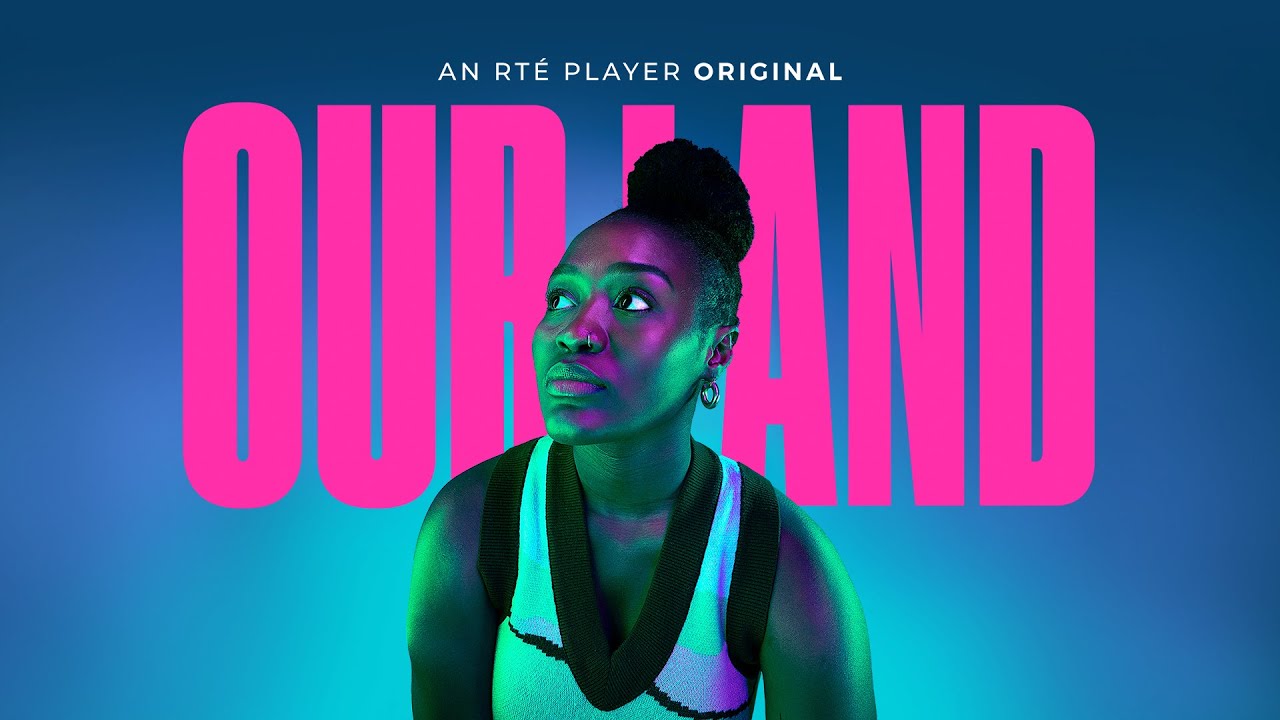
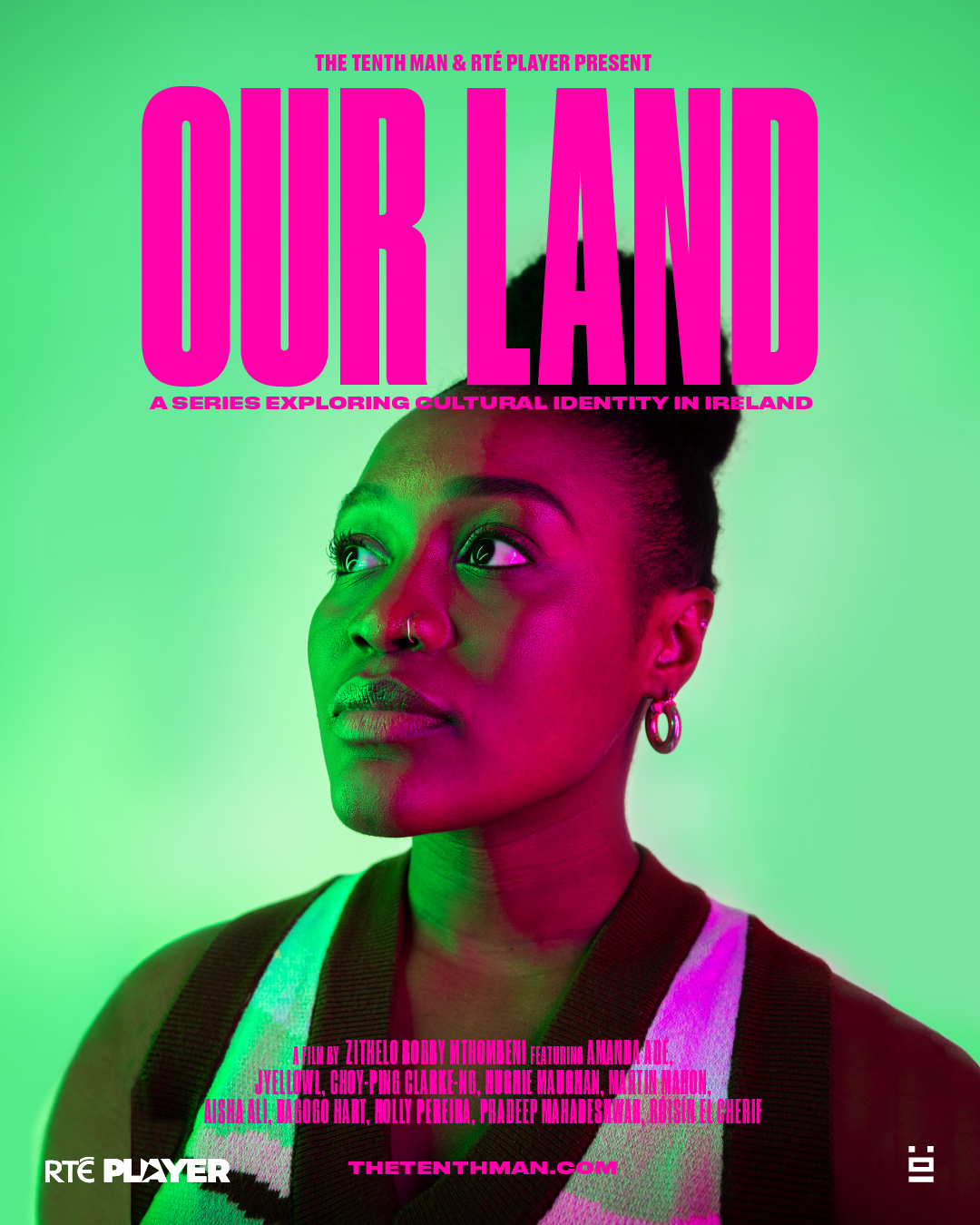
She highlights how it can be isolating and intimidating for students coming from outside of Dublin to learn about the industry. “It was difficult to find a network of designers and creative people in Dublin. A lot of people in my class were able to get experience in the summer – whether that was working in a printers, talking to designers, or going to a design event. I never knew about those things. I went back to Galway every summer to work and try to save money.”
“There are so many barriers,” she tells me. “I think one huge thing is being able to go to Dublin for college because not everyone has that. The gap between people who can afford to come [and those who can’t] is huge.”
She adds: “Some of the most important conversations can happen in a pub, or at the tail end of an event when you have a conversation with the right person. I think it’s so important to acknowledge that not everyone can afford to be there, in those spaces. It makes it much more difficult to be a part of this community.”
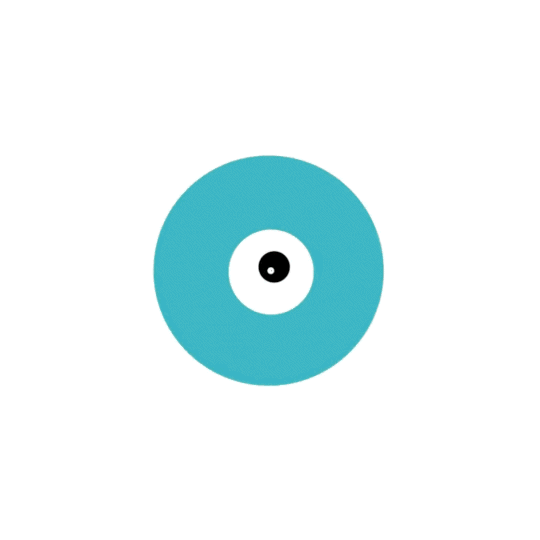
With a degree and multiple internships under her belt, Jordan found herself applying for graduate roles. “I didn’t know how to negotiate and I felt anxious talking to my friends about money. It felt like a real touchy subject.”
When asked how we can better prepare students for this in a college environment, she notes: “I think discourse is so important, especially in Ireland, because everyone’s so embarrassed to talk about money. When people don’t talk about it, you end up with huge pay gaps in companies.”
Jordan tells me that working at agencies taught her a wealth of skills: open communication, dealing with clients, and meeting tight deadlines. They also showed her the importance of seeking creative fulfilment outside of her day job. One of these projects was Cannes Young Lions in 2022 – which, as well as being an opportunity for networking and learning, helped her find her passion for sustainability in design.
Both the national design brief, which was for Social Entrepreneurs Ireland, and the global brief in Cannes, for the World Wildlife Fund, were sustainability-focused. “It was one of the first times that I had been presented with an innovation project as a designer where I had the opportunity to create something that would have a knock-on difference in society.”
Her experience at Cannes inspired her to seek out more education in this realm. She enrolled in a Level 9 Certificate in Design for Sustainability and Circular Economies, run by TUS and co-created with Design Skillnet. “It opened up a world for me,” she smiles. “I met loads of amazing designers who I didn’t even know were working in that area. I did my research project around Digital Sustainability, which is still ongoing.”
The course also spurred her to get involved with Design Declares, a group of designers, design studios, agencies and institutions who have come together to declare a climate emergency. “The industry I have primarily worked in is advertising, which really feels like it clashes with sustainability. The design industry is getting much more funding these days. Clients have a lot more money to spend on sustainability and they’re finally realising the value of investing in sustainability projects.”
One of her current clients as a freelance designer is Galway City Council, where she is working on sustainability projects. “It’s so fulfilling to be able to work on a local project,” she tells me, citing the incredible creativity that is coming from the West of Ireland in particular.
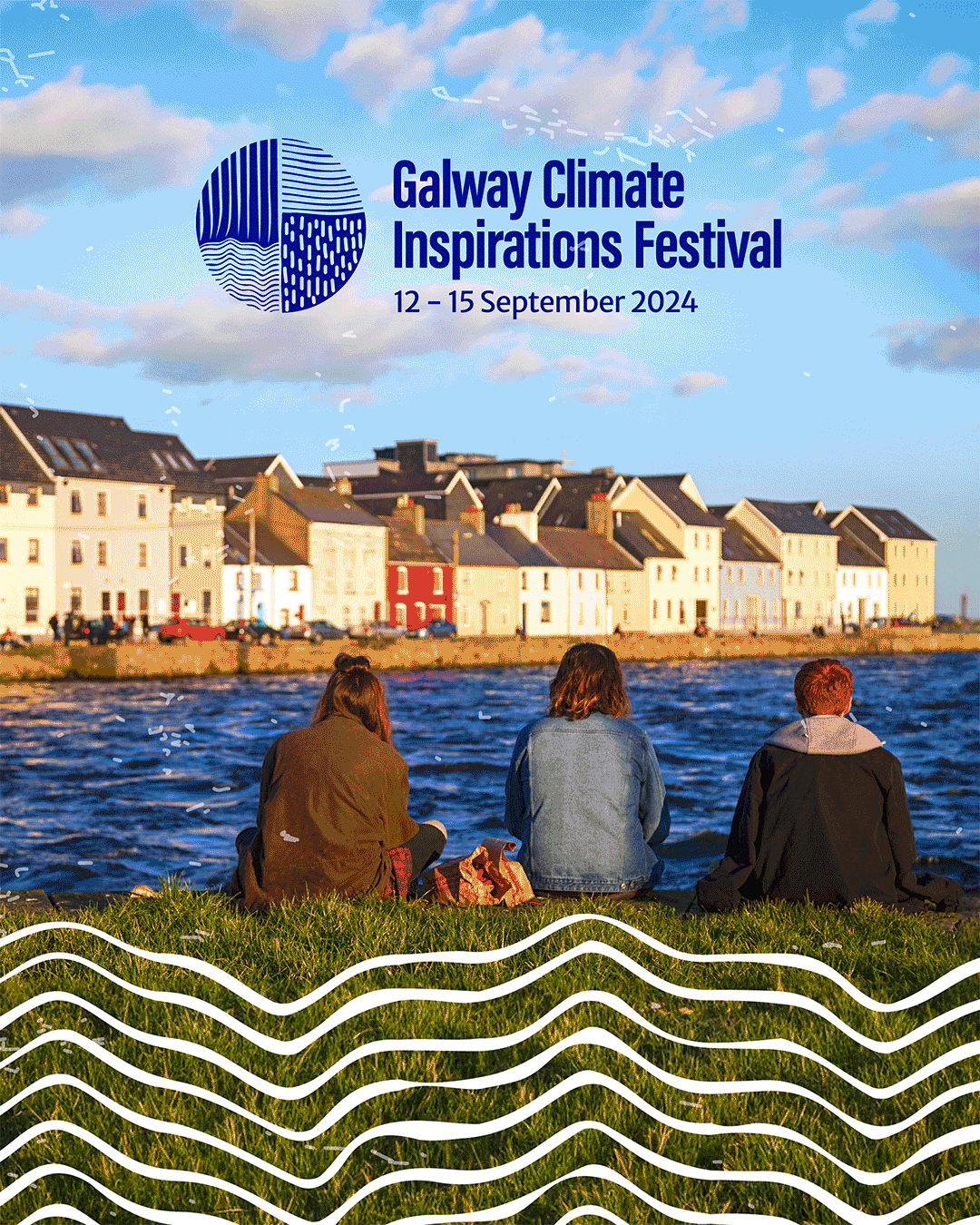
Her advice for emerging designers? “I think one of the most important things you can do is surround yourself with people you admire. Meet as many people as possible and hear about their journeys. Ask the friend of a friend for coffee!”
She also stresses the importance of peer-to-peer networking. “Support your friends even in what seems like small-scale creative endeavours. As you get older, things get so much more serious and formal. When you’re in college and starting out in the industry, smaller scale things might seem insignificant, but they’re an amazing place to start, even just to figure out how the industry works in your own small circle.”
With a forward-thinking outlook, it’s clear that Jordan has a true desire for change and progress, in the Irish design industry and beyond it. “I think in Ireland there could be so much more done to bridge that gap between students and the industry. I have been lucky to have people mentor me and give me advice, but not everyone has that. I think a lot more can be done.”
—
Cover graphic by Róisín Jordan.
